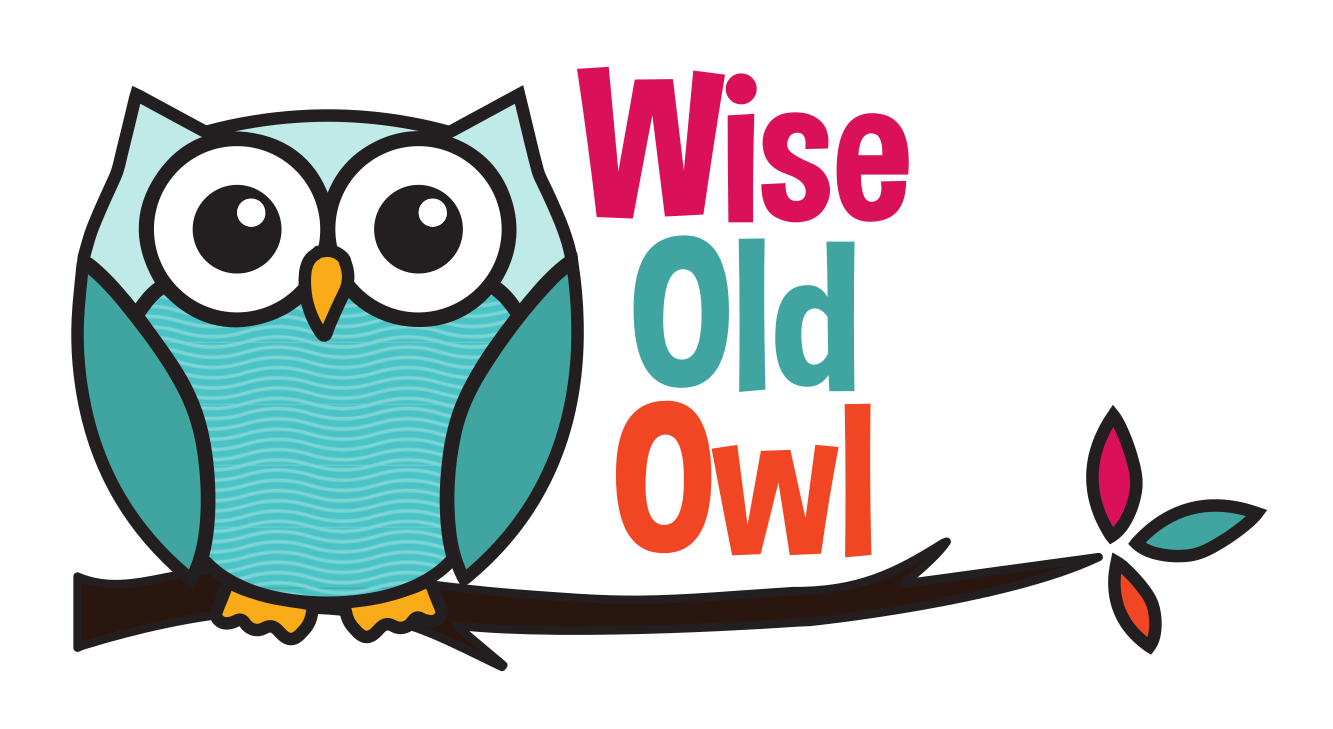I get it myself, but I put it down to my age. That tip-of-the-tongue phenomenon where you know the word you want to use, but you just can't find it from your 'memory bank' at the time you need it. Some children can have this difficulty and you'll know they have it if they:
- Use non-specific terms e.g. ‘this’, ‘that’, ‘thing’ etc
- Have a disrupted flow of speech due to hesitations, backtracking, repetitions and circumlocutions (where the child talks all the way round a target word because they can’t remember it)
- Get inaccurate productions of the target word i.e. giving a word related in sound e.g. ‘cloud’ for ‘clown’ or giving the name of a related item e.g. ‘knife for ‘scissors’
- Use a description instead of the target word e.g. ‘temperature thing’ for thermometer
- Get frustrated because they can't remember the word.
So, what can I do to help?
- Words are often stored in categories so teaching vocabulary in this way helps children to organise their vocabulary and understand it more easily.
- Let the child hear new words many times in different ways / situations
- Give choices e.g. “is a table made from wood or plastic?”
- Relate new words to things the child already knows to encourage connections between new and previous knowledge e.g. “you’re right it sounds like telescope, it’s called a microscope, because micro means little” Help the child incorporate new words into their expressive vocabulary by setting up tasks where they use the words in a meaningful way. E.g. If teaching the target words rolling the child could be asked to describe what is happening during an appropriate experiment– “the ball is rolling”.
- Encourage the child to describe the object/talk around the subject. Just as we would say - "oh, you know the thing we use to open the door"
Teaching new vocabulary
For learning new words, give as much information about the word as possible. This ensures that the word is stored securely and can be retrieved easily. For example: What is it made of? What shape and size is it? What sound does it start with? Where would you find it? What colour is it? What does it feel like? What is it a type of? What do you do with it?Games to play
(With thanks to the Leeds NHS Speech and Language Therapy Toolkit)Category Naming: Give three or four items belonging to the same category (e.g. drum, flute, guitar and piano) and then ask the child to identify the category. You can then reverse this naming game and give the category first, then have the child name three or four items belonging to that category. To make this activity more challenging you ask the child to name as many items as possible in one minute. Write down their answers and try to beat their previous score each time you practise.
Antonyms: Naming opposites. Choose a word and try to come up with the opposite of that word.
Synonyms: Naming words that have the same, or almost the same meaning. This activity tends to be more difficult than naming opposites. However, it is a great practice tool for strengthening word retrieval skills. For more of a challenge, try to name two synonyms for each word.
Fill in the Blank: Say a familiar phrase and leave the last word out. Try to supply the missing word. When phrases become mastered you can move on to sentences.
Similarities: Choose two words within a category and describe how they are the same. For example: How are a car and a bus the same? This activity encourages the child to think about word associations. This cognitive ability can be used as a strategy to aid in word retrieval.
Differences: This activity tends to be more challenging than describing similarities between words. Using the same example as above: How are a car and a bus different? This exercise encourages the child to remember specific details that make similar objects different from one another.
Odd one out game: The child is presented with three or four items and one of the pictures / object / written words is from a different category. The child must identify the odd one out and discuss why. Encourage the child to use category words e.g. banana, apple, cherry and carrots we would like the child to identify that the first three are types of fruit and carrots are a type of vegetable.
Sorting games: Cut up pictures relating to two different categories e.g. fruit and vegetables. The child then sorts the pictures into the correct category.
Word association games: The child is given a word and has to think of an associated word. For example: pilot goes with….(plane), taxi goes with…..(driver).
Sentence completion: for example “a banana is something you eat, lemonade is something you…… (drink), a duck lives in a pond, a horse lives in a…….(stable).
